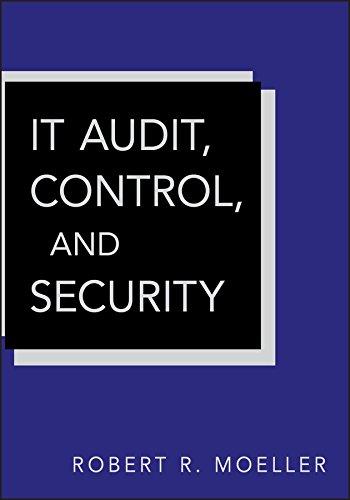Question
Details of Notes Receivable and Related Entries Gen-X Ads Co. produces advertising videos. During the current fiscal year, Gen-X Ads Co. received the following notes:
Details of Notes Receivable and Related Entries
Gen-X Ads Co. produces advertising videos. During the current fiscal year, Gen-X Ads Co. received the following notes:
| Date | Face Amount | Interest Rate | Term | ||||
| 1. | Apr. 10 | $96,000 | 4% | 60 | days | ||
| 2. | June 24 | 16,800 | 6 | 30 | days | ||
| 3. | July 1 | 45,000 | 6 | 120 | days | ||
| 4. | Oct. 31 | 45,000 | 9 | 60 | days | ||
| 5. | Nov. 15 | 72,000 | 6 | 60 | days | ||
| 6. | Dec. 27 | 126,000 | 4 | 30 | days | ||
Required:
Assume 360 days in a year.
1. Determine for each note (a) the due date and (b) the amount of interest due at maturity, identifying each note by number.
| Note | (a) Due Date | (b) Interest Due at Maturity | |
| (1) | June 9 | $ | |
| (2) | July 24 | ||
| (3) | Oct. 29 | ||
| (4) | Dec. 30 | ||
| (5) | Jan. 14 | ||
| (6) | Jan. 26 | ||
Feedback
Count the number of days in each month until the total number of days is reached for the term of the note and this will be the due date. Interest is not charged on the first day of the note.
Typically, the maker of a dishonored note fails to pay the note on the due date. A company that holds a dishonored note transfers the face amount of the note plus any interest due back to an accounts receivable account. Interest revenue is not dependent on receiving the interest at this point.
Cash received will include the maturity value of the note.
2. Journalize the entry to record the dishonor of Note (3) on its due date. If an amount box does not require an entry, leave it blank or enter "0".
| Oct. 29 | Accounts Receivable | ||
| Notes Receivable | |||
| Interest Revenue |
Feedback
Count the number of days in each month until the total number of days is reached for the term of the note and this will be the due date. Interest is not charged on the first day of the note.
Typically, the maker of a dishonored note fails to pay the note on the due date. A company that holds a dishonored note transfers the face amount of the note plus any interest due back to an accounts receivable account. Interest revenue is not dependent on receiving the interest at this point.
Cash received will include the maturity value of the note.
3. Journalize the adjusting entry to record the accrued interest on Notes (5) and (6) on December 31.
| Dec. 31 | Interest Receivable | ||
| Interest Revenue |
Feedback
3. (Note 5) Calculate the number of days of interest that accrues between November 15 and December 31. Remember interest is not charged on the first day of the note. Use this to calculate: (a) Interest Rate x Face Amount = Annual Interest. (b) Annual Interest x (number of days to end of year 360 days) = interest on note to the end of the year Interest receivable is debited and interest revenue is credited. (Note 6) Calculate the number of days of interest that accrues between December 10 and December 31. Remember interest is not charged on the first day of the note. Use this to calculate: (a) Interest Rate x Face Amount = Annual Interest. (b) Annual Interest x (number of days to end of year 360 days) = interest on note to the end of the year Interest receivable is debited and interest revenue is credited.
4. Journalize the entries to record the receipt of the amounts due on Notes (5) and (6) in January. If an amount box does not require an entry, leave it blank or enter "0".
| Jan. 14 | Cash | ||
| Notes Receivable | |||
| Interest Receivable | |||
| Interest Revenue | |||
| Jan. 26 | Cash | ||
| Notes Receivable | |||
| Interest Receivable | |||
| Interest Revenue |
Step by Step Solution
There are 3 Steps involved in it
Step: 1

Get Instant Access to Expert-Tailored Solutions
See step-by-step solutions with expert insights and AI powered tools for academic success
Step: 2

Step: 3

Ace Your Homework with AI
Get the answers you need in no time with our AI-driven, step-by-step assistance
Get Started


